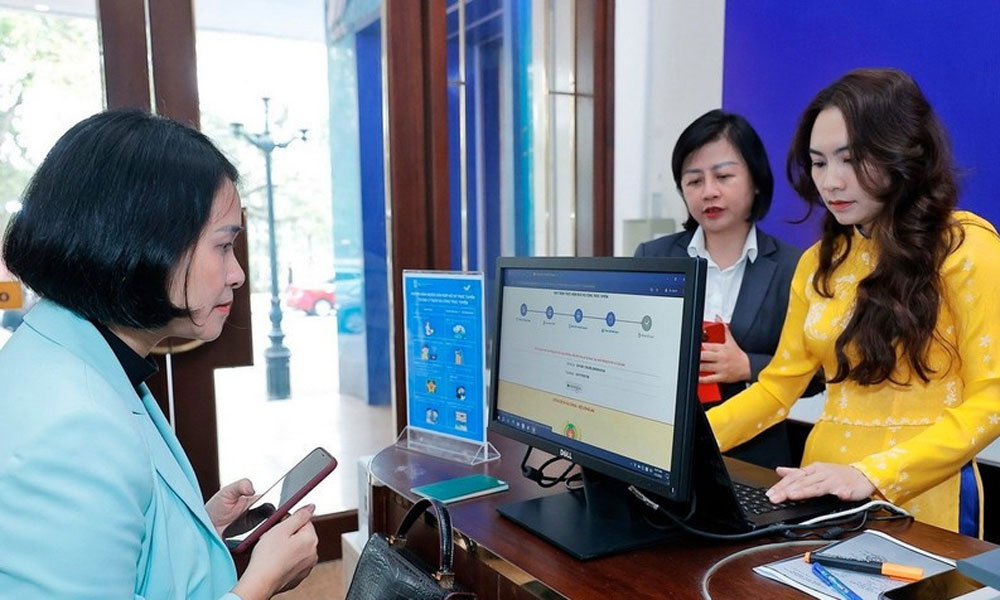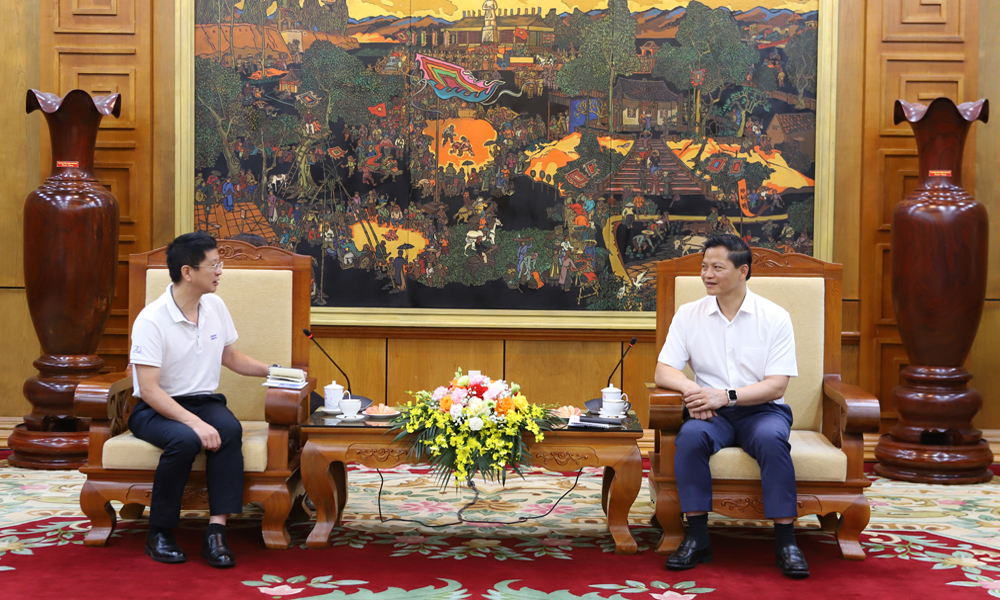Vietnam targets full online provision of public services by 2025
Ministries and localities are required to follow up on conclusions of Party General Secretary To Lam and the Central Steering Committee for the Development of Science, Technology, Innovation and Digital Transformation. This involves studying revisions to laws on intellectual property, personal income tax, public employees and anti-corruption, as well as policies to attract and develop talent in science, technology and digital transformation.
Vietnam has set the goal of making all eligible administrative procedures available fully online by the end of 2025, under a new work plan signed by Prime Minister Pham Minh Chinh, Head of the Steering Committee for Science, Technology, Innovation, Digital Transformation and Project 06.
 |
|
A citizen uses online public services in Hanoi. |
Project 06 stipulates developing applications of population data, identification, and electronic authentication in support of national digital transformation from 2022 to 2025 with a vision to 2030.
Decision No. 126/QD-BCDCP, issued on September 11, outlines measures to boost coordination between central and local authorities and strengthen accountability of agency leaders in advancing science, technology, innovation and digital transformation.
Accordingly, the committee will prepare a programme of activities for the fourth quarter of 2025 to follow up on directives from the Party General Secretary and the Central Steering Committee for the Development of Science, Technology, Innovation and Digital Transformation, while implementing tasks outlined in Government Resolution No. 71/NQ-CP, dated April 1, 2025.
The resolution updates the Government’s action plan for Resolution No. 57-NQ/TW of the Politburo on breakthroughs in science, technology, innovation and national digital transformation.
Turning institutions into a competitive advantage
Under the plan, ministries, agencies and localities are required to allocate sufficient resources to complete key tasks in the final four months of 2025. These include raising awareness, shifting outdated mindsets and generating fresh momentum for innovation and digital transformation.
Priorities cover finalising institutions, removing barriers to development and making the regulatory framework a competitive advantage; investing in infrastructure; developing high-quality human resources; advancing digital government; encouraging enterprise-led innovation; and stepping up international cooperation.
The plan also requires ministries and localities to follow up on conclusions of Party General Secretary To Lam and the Central Steering Committee.
This involves studying revisions to laws on intellectual property, personal income tax, public employees and anti-corruption, as well as policies to attract and develop talent in science, technology and digital transformation.
Universities are expected to expand training in these fields and pilot collaboration models linking academia, research centres and enterprises. A national science and technology trading platform will also be established to support businesses in accessing and applying new technologies.
Targets for public services by 2025
As part of Project 06, the Government is striving to ensure that by the end of 2025, all eligible administrative procedures will be offered fully online, 80% of applications will be processed digitally, and 40% of the adult population will use online public services.
The plan also highlights the need to improve data connectivity across sectors such as population, justice, education, banking, taxation, insurance, business, land and transport, while promoting cashless payments and household tax collection.
To accelerate digital transformation, ministries and localities are tasked with closing connectivity gaps in remote areas, ensuring stable and sustainable power supply, and completing 12 key national and sectoral databases.
Artificial intelligence will be applied to online services on the National Public Service Portal, with guidance provided for implementation at both central and local levels.
 Bắc Ninh
Bắc Ninh













Reader's comments (0)